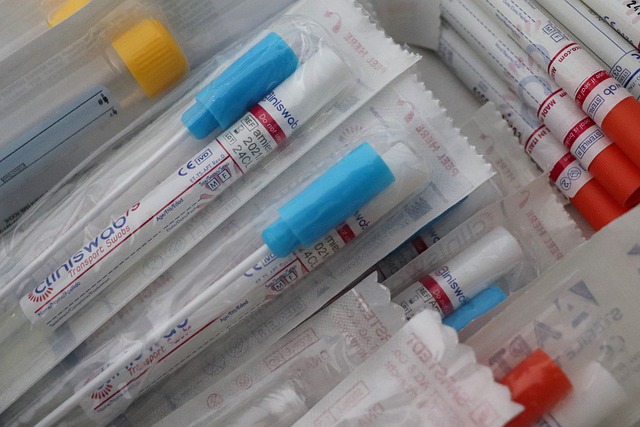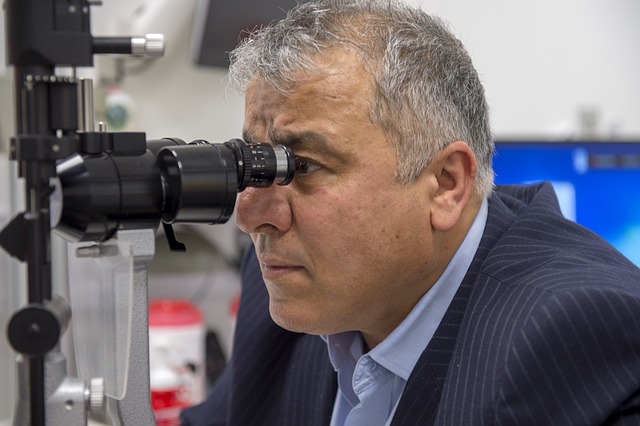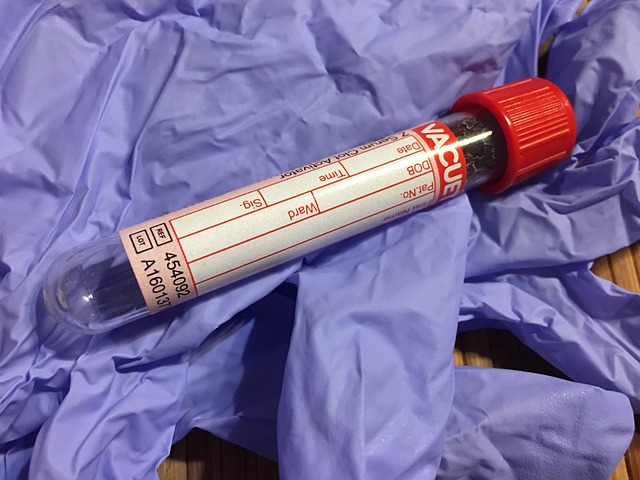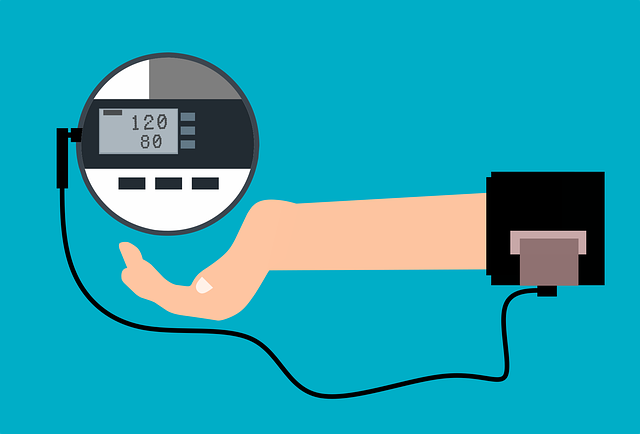Translation services for diagnostic test results in the UK are critical for effective patient care and healthcare system efficiency. These specialized translation services ensure clinicians receive accurate interpretations of medical data across languages, overcoming language barriers while maintaining the integrity of information essential for clinical decision-making. With a diverse population and increasing cross-border healthcare collaboration, such translations adhering to ISO 17100 standards are indispensable for precise patient care and improving health outcomes. The UK's regulatory framework, including the MHRA and EMA guidelines, mandates these translations to be legally compliant and medically accurate, as per the Equality Act 2010, to provide culturally appropriate medical information to non-English speaking patients. High-value is placed on establishing best practices within these translation services to uphold patient safety and treatment accuracy, utilizing peer proofreading and advanced technology with human oversight for nuanced and complex medical terminology translation. The outcome is a healthcare system that offers top-tier patient care, informed decision-making, and better health outcomes, all supported by the rigorous translation of diagnostic test results UK.
In the intricate interplay of healthcare and communication, the accuracy of diagnostic test results hinges on a critical element often unseen by patients: translation. As the UK’s National Health Service (NHS) navigates the challenges of diverse linguistic communities, the necessity for precise translation services for diagnostic test results becomes paramount. This article delves into the integration of these essential services within the UK healthcare system, examining the role they play in medical diagnostics and the regulatory frameworks that govern their implementation. We will explore best practices to ensure clinical accuracy, supported by case studies highlighting the successful application of such translation services within UK healthcare settings. Accurate translations not only empower patients but also bolster the integrity of the NHS, aligning with the highest standards of medical care and patient safety.
- Understanding the Necessity for Accurate Translation of Diagnostic Test Results in the UK Healthcare System
- The Role of Professional Translation Services in Facilitating Medical Diagnostics
- Regulatory Frameworks Governing the Translation of Medical Documents in the UK
- Best Practices for Translating Diagnostic Test Results to Ensure Clinical Accuracy
- Case Studies: Effective Translation of Diagnostic Tests in UK Healthcare Settings
Understanding the Necessity for Accurate Translation of Diagnostic Test Results in the UK Healthcare System

In the UK’s healthcare system, the precision and clarity of diagnostic test results are paramount for effective patient care and treatment. The accuracy of these tests is a foundational element in the clinical decision-making process, where timely and precise information can significantly influence patient outcomes. As such, the role of professional translation services for diagnostic test results in UK healthcare settings is both critical and complex. These services play an indispensable role in ensuring that clinicians receive test results in their working language, thereby avoiding potential misunderstandings or misinterpretations that could arise from linguistic barriers. The translation of diagnostic test results must be precise, reflecting the exact terminology used by medical professionals, to ensure that the nuances and critical details within the results are conveyed accurately. This is not merely a matter of semantics; it is about safeguarding patient safety and the integrity of the healthcare system. The use of specialist translation services that specialize in medical terminology is essential for overcoming language barriers and facilitating a seamless exchange of information between patients, healthcare providers, and medical institutions across the UK. These services must adhere to stringent quality standards, employing qualified translators with expertise in both the source and target languages as well as in medical science. This level of professionalism is necessary to navigate the complexities inherent in the translation of diagnostic test results, ensuring that healthcare providers can rely on the information provided to make informed decisions concerning patient care. In a system where efficiency and accuracy are key to patient outcomes, the provision of reliable translation services for diagnostic test results is an indispensable component of high-quality healthcare delivery in the UK.
The Role of Professional Translation Services in Facilitating Medical Diagnostics

In the context of healthcare, accuracy and clarity are paramount, especially when it comes to diagnostic test results. The role of professional translation services in facilitating medical diagnostics within the UK is pivotal, given the country’s diverse population and the increasing need for cross-border healthcare collaboration. These services ensure that diagnostic test results, which are critical for patient care and treatment decisions, are accurately translated from one language to another. The precision of these translations is not merely a matter of linguistic equivalence but involves a deep understanding of medical terminology and concepts. Professional translators who specialise in medical documentation are trained to navigate the complexities of medical jargon, ensuring that nuances and context are preserved. This level of expertise is essential for maintaining the integrity of patient care when dealing with multilingual populations in the UK. Furthermore, these services comply with stringent standards, such as ISO 17100, which guarantees the quality and competence of the translators. By providing reliable translation services for diagnostic test results UK, healthcare providers can offer comprehensive care to all patients, irrespective of their linguistic background, thereby enhancing patient safety and improving healthcare outcomes across the nation.
Regulatory Frameworks Governing the Translation of Medical Documents in the UK

In the UK, the translation of diagnostic test results is a critical process that falls under stringent regulatory frameworks to ensure accuracy and patient safety. The Medicines and Healthcare products Regulatory Agency (MHRA) oversees the regulation of medical devices, including those involved in diagnostic processes. Translation services for diagnostic test results must adhere to the European Medicines Agency (EMA) guidelines, particularly when these services are required for patients whose primary language is not English. The translation must be precise and accurate, as any discrepancy could lead to misdiagnosis or incorrect treatment plans. Additionally, the UK’s Equality Act 2010 mandates that healthcare providers make reasonable adjustments to ensure effective communication with patients who do not speak English. This legal obligation underscores the importance of high-quality translation services in the healthcare sector. Translation agencies providing services for diagnostic test results in the UK must be certified and follow ISO standards, specifically ISO 17100, which outlines the requirements for medical device translations. This ensures that all translated documents are not only compliant with legal requirements but also meet the high professional standards expected within the UK’s healthcare system. The translation process involves not just a linguistic conversion but also a cultural adaptation to ensure that the nuances of medical terminology and the implications of test results are accurately conveyed to patients from diverse linguistic backgrounds, thereby facilitating informed decision-making in their care.
Best Practices for Translating Diagnostic Test Results to Ensure Clinical Accuracy

To ensure that diagnostic test results are accurately translated and meet the high standards of UK healthcare, it is imperative to implement robust best practices within translation services for diagnostic test results. These practices begin with the selection of translators who possess both linguistic proficiency and medical expertise. The chosen professionals should be well-versed in the specific terminologies used across different specialties within medicine. This expertise is crucial as it minimizes the risk of misinterpretation or mistranslation, which could potentially lead to incorrect diagnoses or treatment plans.
Furthermore, a standardized process for translating diagnostic test results should be established and consistently followed. This process includes rigorous quality control measures, such as proofreading by a peer in both the source and target languages. Utilizing advanced translation technology, coupled with human oversight, can significantly enhance accuracy while ensuring that nuances and complex medical terms are conveyed correctly. In the UK, where healthcare is a top priority, these best practices not only align with but also exceed international standards for translating diagnostic test results, thereby upholding the integrity of patient care and contributing to better health outcomes.
Case Studies: Effective Translation of Diagnostic Tests in UK Healthcare Settings

In the realm of healthcare, accuracy and clarity in diagnostic test results are paramount, especially when they cross linguistic boundaries. The UK’s diverse patient population includes individuals who predominantly speak languages other than English. This presents a unique challenge in ensuring that diagnostic test results are accurately translated to facilitate informed decision-making by both patients and medical professionals. Case studies from UK healthcare settings have demonstrated the critical role of specialist translation services for diagnostic test results UK. For instance, a hospital with a significant population of Mandarin-speaking patients implemented a dedicated linguistic service to provide precise translations of diagnostic reports. This initiative not only improved patient understanding and satisfaction but also enhanced the efficiency of clinical decision-making processes. Another case study involved a specialist clinic that routinely received patients from overseas with medical records in various languages. By employing professional translation services for Diagnostic Test Results UK, the clinic was able to accurately interpret these documents, leading to tailored care plans and improved health outcomes for non-English speaking patients. These examples underscore the importance of reliable translation services within the UK’s healthcare system, ensuring that language barriers do not compromise the quality of patient care or the accuracy of diagnostic assessments.
In conclusion, the successful translation of diagnostic test results into UK healthcare settings is a multifaceted endeavour that hinges on professional expertise and strict adherence to regulatory standards. The integration of specialized translation services for diagnostic test results in the UK not only aligns with but also enhances the nation’s commitment to high-quality patient care. By adhering to the outlined best practices and navigating the complex regulatory framework, healthcare providers can ensure the clinical accuracy of translated documents, thereby improving patient outcomes and fostering trust in the UK healthcare system. The case studies presented underscore the importance of this process, highlighting its critical role in a diverse and globalized society. Ultimately, the seamless translation of medical diagnostics is instrumental in bridging language barriers and ensuring that all patients receive care tailored to their linguistic needs.



